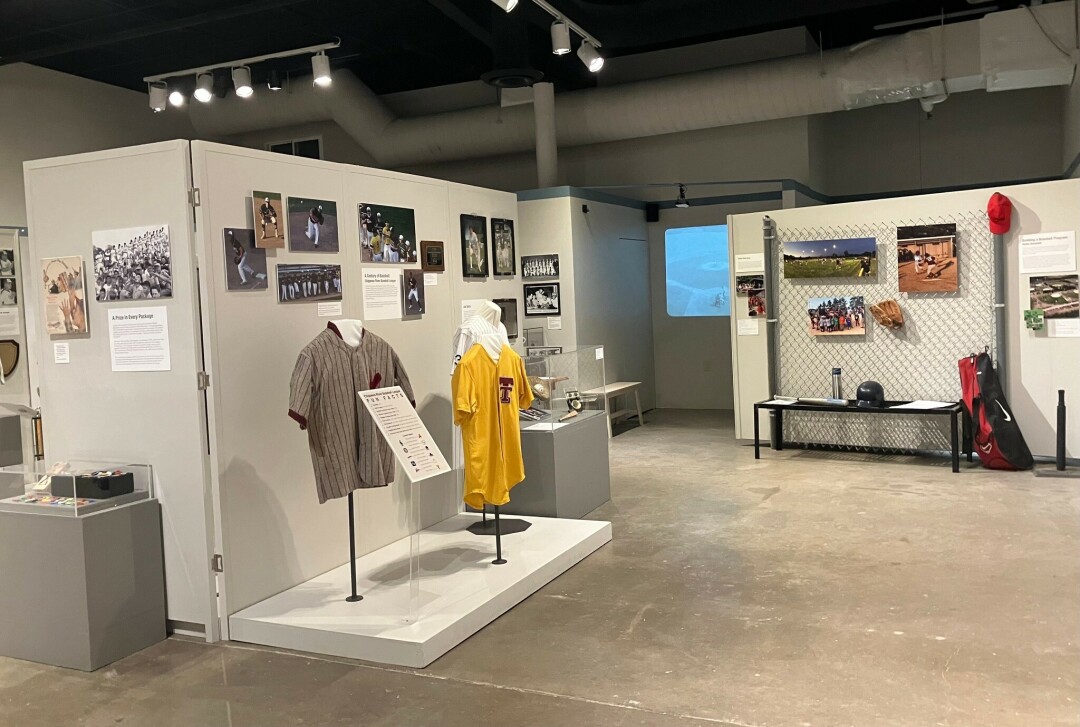‘Playing Through’: African American Baseball Exhibit Open for Viewing at Chippewa Valley Museum
learn more about the Valley’s extensive history with African American baseball players in phase three of their ‘Play Ball’ exhibit

Phase three of the “Play Ball” exhibit, which covers local baseball history at the Chippewa Valley Museum in Carson, now features a segment on loan from the Dunn County Historical Society about12 local African American baseball stories. The new exhibit is called Playing Through: African American Baseball in Dunn County.
The exhibit is currently open to visitors and will be available until Dec. 30 when the museum will conclude its series on baseball. It explores Chippewa Valley baseball history in a variety of ways, including historical images, informational texts, and genuine jerseys to large blow-ups of actual baseball cards and various memorabilia. Telling 110 years of local baseball history, its highlights include professional players such as Andy Pafko from Boyceville, the legendary Hank Aaron (who made his minor league debut with the Eau Claire Bears in 1952), and “Tom Boy” Toni Stone, the first female to play in the African American leagues and to play professionally.

Needless to say, baseball has not always held an equal playing field; Black players being segregated from the major leagues up until the 1940s, would often play on “barnstorming” teams. These teams traveled from place to place in search of a diamond and willing opponents, bumping cleats with many teams in the Chippewa Valley during the first half of the 20th century. Stone played a crucial role for equal opportunity in baseball history throughout the nation, including the Chippewa Valley in 1938. There, she played a game against a young Andy Pafko when she was a player on the Colored Giants, a barnstorming team out of the Twin Cities.
“People playing locally can do amazing things,” Creative Director Olaf Lind added when discussing the exhibit’s local emphasis with a connection to a larger, national-level scale of importance. Dustin Dubuque, the museum’s development manager, believes that baseball continues to impact our community because of its duality as both a team and individual sport, its accessibility, and its unique ability to bring family and friends together.
“People have come to visit and spotted pictures of their grandfather or other family members who used to play,” Dubuque added. “People can see themselves.”

See the Playing Through: African American Baseball in Dunn County exhibit yourself now through Dec. 30 and learn more at cvmuseum.com.






















